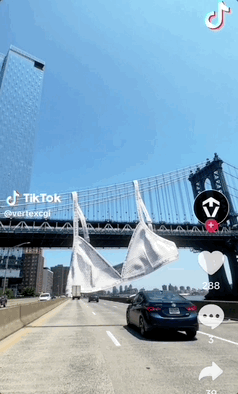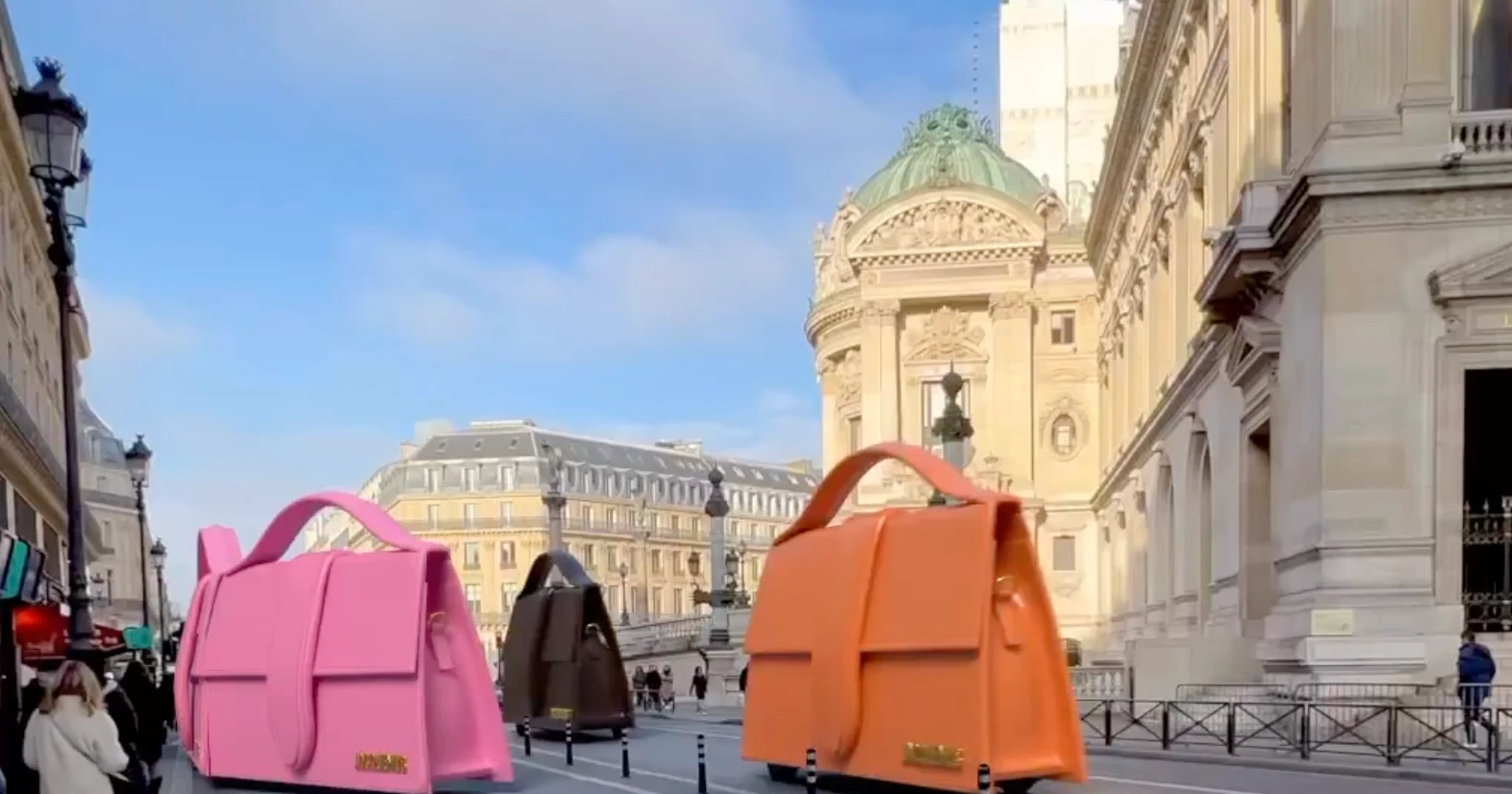Exploring the Rise of Fake Out-of-Home Advertising
Exploring the Rise of Fake Out-of-Home Advertising
In today's dynamic advertising landscape, a fascinating trend has emerged, stirring debates and reshaping traditional paradigms: Fake Out-of-Home (FOOH) advertising. This innovative approach to brand promotion blurs the boundaries between physical and digital realms, prompting inquiries into its authenticity and effectiveness. In this in-depth exploration, we delve into the nuances of FOOH advertising, elucidating its definition, key proponents, motivations, production intricacies, and the pivotal role of industry leaders like Catalyst VR in shaping its trajectory



Images: Fake Out of Home Popular Advertising
1. Understanding Fake Out-of-Home Advertising
In today's advertising landscape a new trend has emerged, stirring debates and reshaping traditional paradigms: Fake Out-of-Home (FOOH) advertising. This innovative approach to brand promotion blurs the boundaries between physical and digital realms, prompting inquiries into its authenticity and effectiveness. In this in-depth exploration, we delve into the nuances of FOOH advertising, elucidating its definition, key proponents, motivations, production intricacies, and the pivotal role of industry leaders like Catalyst VR in shaping its trajectory.
2. Embracing FOOH Advertising: Who's on Board?
The adoption of FOOH advertising transcends industry boundaries, with a diverse array of brands, agencies, and creative studios embracing its potential to captivate audiences and drive engagement. Notable players like Gymbox and Maybelline have embraced FOOH techniques to elevate brand visibility and foster consumer connections, illustrating the versatility and adaptability of this emerging advertising format.
3. Unpacking the Motivations Behind FOOH Advertising
The allure of FOOH advertising lies in its capacity to ignite conversations, amplify brand presence, and resonate with audiences in an increasingly saturated media landscape. By harnessing digital platforms and innovative storytelling methods, brands can extend their reach, bolster brand awareness, and forge meaningful connections with consumers. Moreover, FOOH offers a cost-effective alternative to traditional OOH campaigns, democratising access to impactful advertising solutions for startups and challenger brands.
4. The Production Process: Bringing FOOH Advertising to Life
Crafting compelling FOOH advertising entails a fusion of creative ingenuity, technical prowess, and digital innovation. Creative teams leverage state-of-the-art technologies like CGI, AR, and virtual reality (VR) to conceptualise and execute lifelike simulations of outdoor ads. These virtual campaigns are strategically disseminated across digital channels, including social media platforms, websites, and mobile applications, to maximise visibility and engagement.
5. Catalyst VR: Shaping the Future of FOOH Advertising
At the vanguard of creative technology, Catalyst VR stands poised to revolutionise FOOH advertising, offering unparalleled expertise in crafting immersive brand experiences. With a rich legacy in Virtual Reality and Augmented Reality, Catalyst VR empowers brands to push the boundaries of conventional advertising, delivering captivating FOOH campaigns that resonate with global audiences.

Image: Fake Out of Home Advertising
Driving Success Through FOOH Advertising:
A SEO-Friendly Approach
The potency of FOOH advertising lies in its capacity to disrupt established advertising paradigms, driving discourse, and fostering brand resonance. Whether aimed at garnering attention, stimulating cultural dialogue, or enhancing sales, FOOH campaigns provide a versatile platform for brands to showcase their creativity and engage with consumers authentically. As the digital and physical realms converge, FOOH advertising represents a dynamic frontier in the ever-evolving landscape of marketing and advertising, poised to redefine industry standards and drive lasting impact.